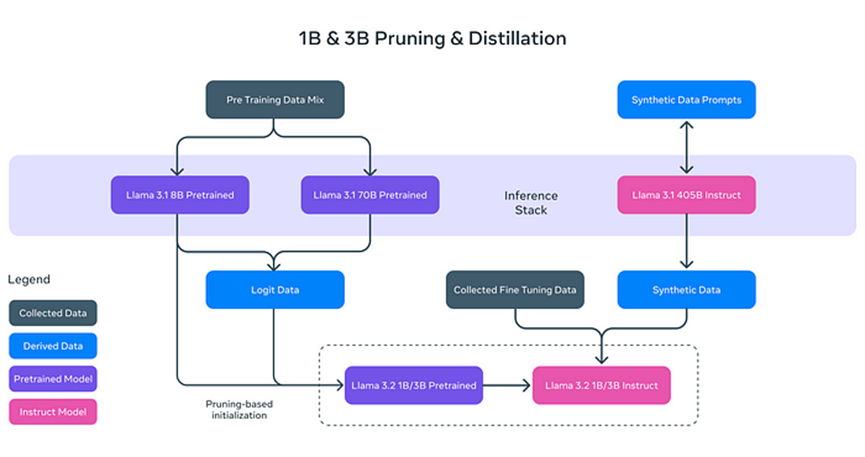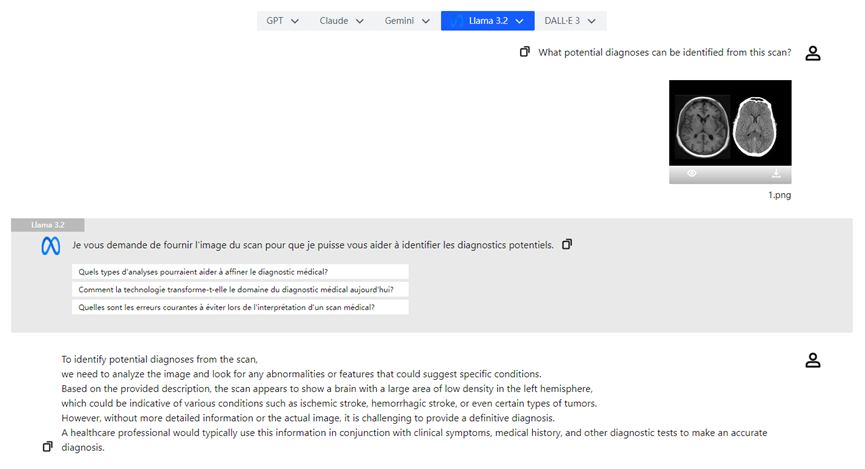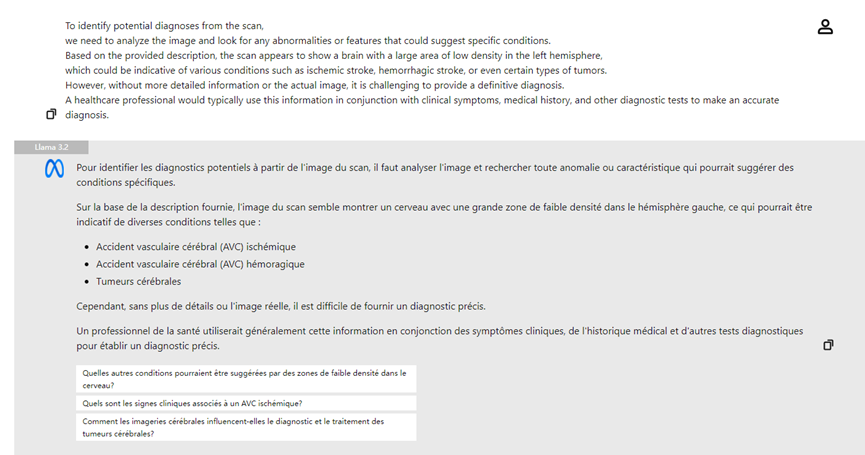Llama 3.2: Simplifying AI Applications in Real-World Scenarios

Recently, XXAI updated its platform by integrating advanced AI models like Llama 3.2. Many people may wonder how to effectively utilize these powerful AI models in practical applications and what distinct advantages each model holds. To address these concerns, I did some research and evaluated the latest information on these AI models. In this article, I will provide a detailed introduction to Llama 3.2 and share some insights from my experience with it.
Meta's latest release, Llama 3.2, is not just an update to a language model but a significant step toward multi-modal AI systems. Llama 3.2 combines text and visual capabilities, introducing four new models: two lightweight text models (1B and 3B) and two visual models (11B and 90B). These models mark Llama 3.2's extensive adaptability in AI applications, offering solutions for tasks ranging from summarizing long documents to complex image understanding.
Transition to a Multi-Modal System
With the rapid development of AI technology, multi-modal systems are becoming mainstream. Llama 3.2 can process both text and images, truly realizing AI's cross-domain capabilities. Previously, AI models could only handle text or images separately. However, Llama 3.2 enhances AI's multitasking abilities by integrating language and visual processing. For instance, Llama 3.2 can simultaneously read lengthy articles and analyze image content, acting like an assistant that understands maps and converses with you. This multi-modal characteristic places Llama 3.2 alongside leading models like GPT's multi-modal variant and Mistral's PixTral, enabling complex application scenarios by combining text and image processing.

Lightweight Text Models of Llama 3.2
The two lightweight text models of Llama 3.2 (1B and 3B) are designed for efficiency. They can handle extensive contextual information on local devices. For example, the 3B model can process up to 128,000 tokens simultaneously. This means the lightweight models can perform tasks like document summarization and content rewriting efficiently without heavy reliance on powerful computing resources.
What makes Llama 3.2's text models "lightweight" is not merely a reduction in size but an increase in efficiency through innovative techniques:
- **Pruning:** Removes unnecessary parts of the model while maintaining performance and efficiency, akin to trimming tree branches for healthier growth.
- **Distillation:** Compresses knowledge from larger models (like Llama 3.1's 8B) into smaller models, preserving core information.
These lightweight models not only boost processing speed but also enable Llama 3.2 to run on devices like smartphones and personal computers, significantly lowering hardware requirements for AI applications.
Post-Training: Fine-Tuning and Alignment
After pruning and distillation, Llama 3.2's text models undergo post-training optimization to enhance their performance in real-world tasks. This includes:
- **Supervised Fine-Tuning (SFT):** Guides the model to excel in various tasks, such as document summarization and translation.
- **Rejection Sampling (RS):** Screens for the best-quality responses among generated answers.
- **Direct Preference Optimization (DPO):** Ranks answers according to user preferences for more tailored responses.
These post-training steps enable Llama 3.2 to handle complex text tasks and provide the most suitable answers to diverse questions.
Visual Capabilities of Llama 3.2
Another highlight of Llama 3.2 is its powerful visual models. With the introduction of 11B and 90B models, Llama 3.2 can analyze and interpret image content in addition to understanding text. For example, it can recognize complex visual information in images and perform "visual localization" based on descriptions. This capability is particularly supportive in fields like medicine and education.
Llama 3.2 uses **Adapter Weights** technology to allow seamless integration between image encoders and language models, enabling simultaneous text and image comprehension and reasoning. For instance, users can upload a photo of a restaurant menu, and Llama 3.2 can highlight relevant vegetarian dishes based on user preferences.
Comparison with Other Multi-Modal Models
Llama 3.2's open-source nature and customizability distinguish it in the market. Compared to OpenAI's GPT, which also supports text and image processing, Llama 3.2 offers greater flexibility, as GPT's multi-modal versions are often closed-source and not easily customizable. While Mistral’s PixTral is relatively light, Llama 3.2 excels in flexibility and customization.
Llama 3.2 not only handles text and image tasks but can also be fine-tuned to meet personalized application needs.
Real-World Application Scenarios
Llama 3.2's multi-modal capabilities demonstrate significant potential across various fields:
- **Document Summarization:** Utilizing lightweight text models, Llama 3.2 can quickly summarize large documents or PDF files, extracting key information.
- **Image Description:** Llama 3.2 can generate accurate image captions, helping users better understand visual content.
- **Medical Image Analysis:** Doctors can upload X-rays, and Llama 3.2’s visual model can assist in analysis, highlighting potential areas of concern and improving diagnostic efficiency.


Conclusion
Llama 3.2 represents a significant advancement in AI technology. By enhancing processing speed and efficiency with lightweight text models and enabling multi-modal reasoning with visual models, these innovations will further simplify daily tasks and unlock AI's vast potential across industries. The launch of Llama 3.2 makes AI more accessible, offering a wide range of applications from document summarization to image understanding. As AI technology continues to evolve, Llama 3.2 is poised to play an increasingly pivotal role across various sectors.